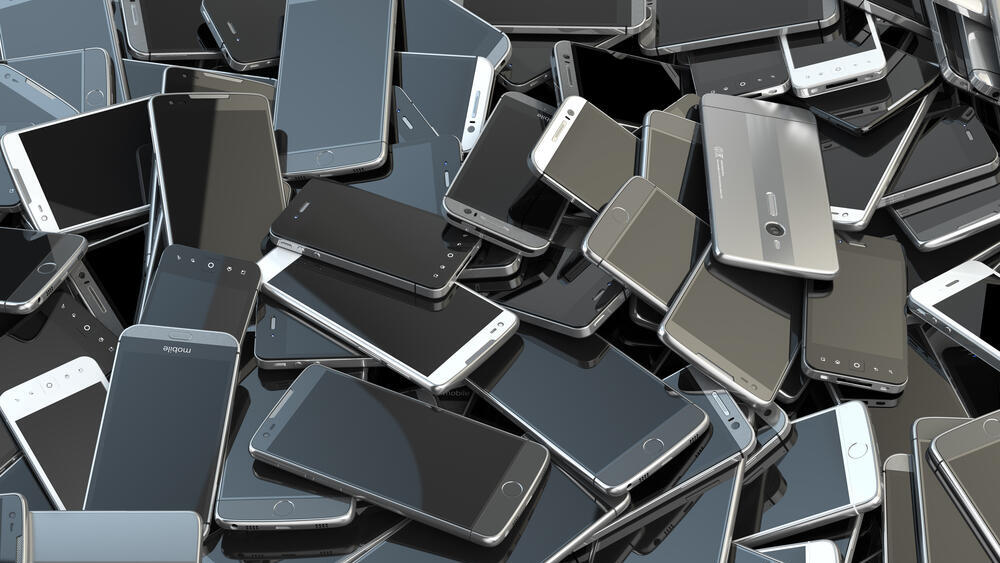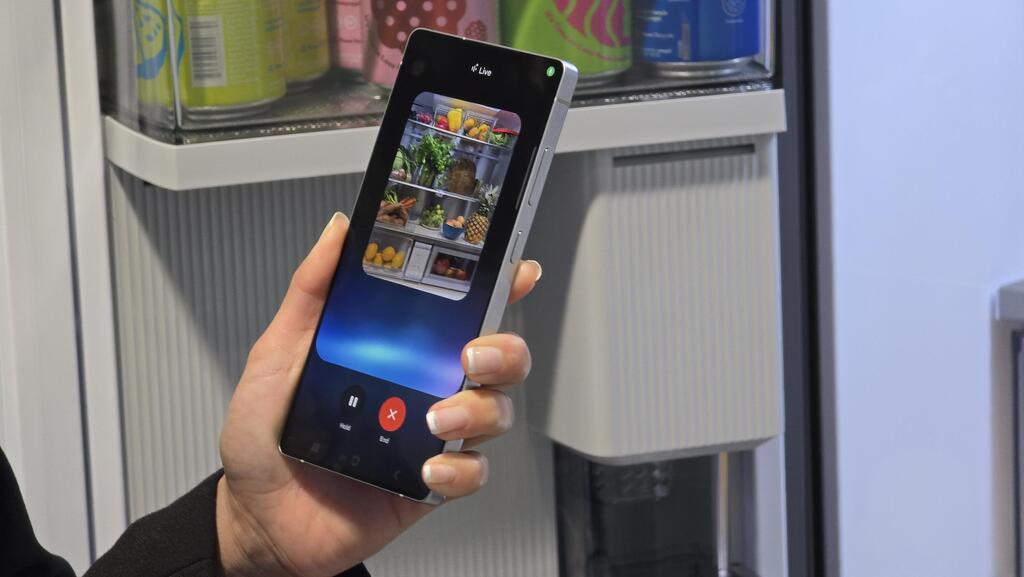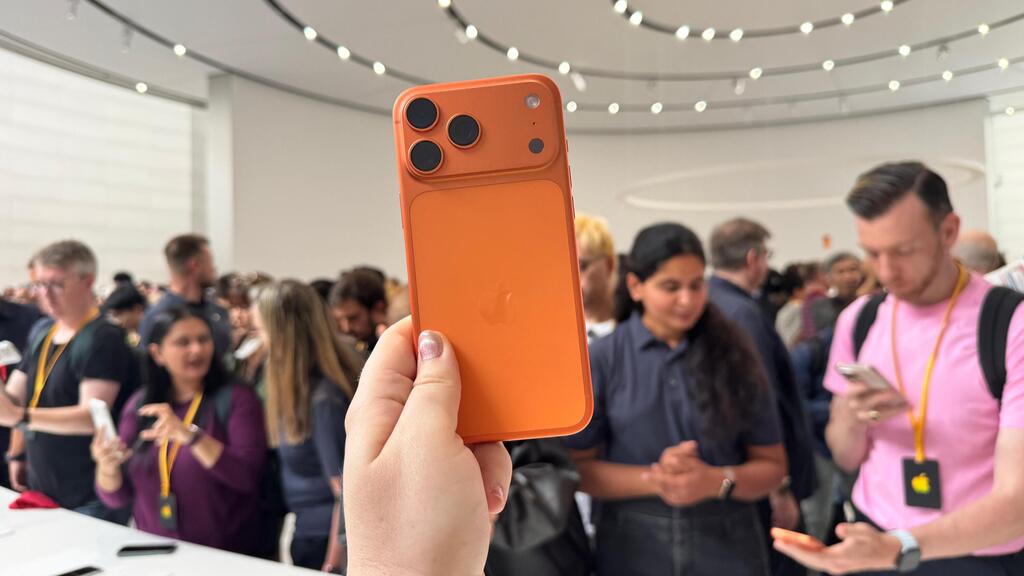The smartphone has long since stopped being a luxury item. It’s now a basic necessity — the digital equivalent of electricity, a wallet, or a car key. Yet the price tags still look like those of luxury goods. A review of the global smartphone market in 2025 reveals staggering profit margins, exposing how marketing culture, not production cost, keeps prices inflated and consumers trapped in the “Ultra-Pro-Max” cycle.
While affordable phones abroad can be found for a fraction of flagship prices, Israeli consumers continue to pay among the highest rates in the developed world. The gap isn’t technological but psychological — a result of branding, perception, and aggressive marketing.
4 View gallery


In the U.S., retail chains like Walmart sell new entry-level smartphones from brands such as TCL and Nokia for as little as $20–$50 (about NIS 65–165). In Asia, especially China and India, consumers can buy recent mid-range devices from Xiaomi or Realme with full-HD screens, 8-core processors, and Android 14 — all for what Israelis might spend on a single dinner out.
These budget devices may not capture cinematic 8K video or run 3D games, but they easily handle calls, navigation, social media, streaming, and banking apps — the very functions most users rely on daily. The main compromises are in build quality, charging speed, and limited software support beyond two or three years.
Consumers are catching on
According to StatCounter, Apple holds about 25% of the global smartphone market, followed by Samsung with 19%. Android dominates overall with roughly 75% of global devices. But data show that much of Apple’s share comes from users of older iPhones — proof that consumers are stretching their devices longer instead of upgrading every year.
4 View gallery


Smartphones
(Photo: Shutterstock)
At the same time, flagship phones are losing value at record speed. Samsung and Chinese manufacturers’ top models lose between 40% and 50% of their value within a year. The Galaxy S24 Plus, launched at around NIS 4,500, now sells for about NIS 2,500. Even the S24 Ultra, introduced at NIS 5,700, has dropped to NIS 3,000. Similar depreciation hits other flagship brands like Xiaomi, Motorola, and Honor.
The real cost: production vs. profit
So what do these phones actually cost to make? Far less than their retail price suggests. Industry data show that Apple’s gross profit margins on high-end models like the iPhone 17 Pro Max range between 60% and 70%. Samsung and Google report comparable figures.
4 View gallery


Analysts estimate that building and assembling a new iPhone costs between $350 and $450, while marketing and logistics add perhaps another $100. Even with those expenses, less than half of the $1,200 retail price reflects actual production costs.
Storage capacity upgrades are a particularly lucrative trick: the jump from 256GB to 512GB costs Apple less than $10 in parts, yet consumers pay hundreds more for it.
The R&D myth
Tech companies often cite research and development as justification for high prices, but the numbers don’t hold up. If a company spends $1 billion developing a flagship model and sells 50 million units over two years, the R&D cost per phone is just $20. Even with marketing and distribution, the total cost per unit remains far below retail — meaning most of the price is pure profit.
4 View gallery


iPhone 17 Pro Max
(Photo: Daniela Ginzburg)
Within six to twelve months of launch, manufacturers have typically covered their entire development, production, and marketing costs. Everything after that is net gain.
Smartphones are no longer futuristic gadgets or luxury accessories — they’re vital tools for modern life. We rely on them for banking, healthcare, transportation, and even emergency alerts. Yet their pricing still belongs to a bygone era of tech elitism.
Consumers have the power to change that. Choosing affordable, refurbished, or slightly older models can deliver full digital functionality — video calls, navigation, social media, streaming — at a fraction of the price.
As long as buyers keep believing they need the newest “Ultra-Pro-Max,” manufacturers will keep charging luxury prices for what has become a basic necessity. The only way to end this cycle is to stop paying the premium for prestige — and start treating the smartphone as what it really is: a utility, not a status symbol.

